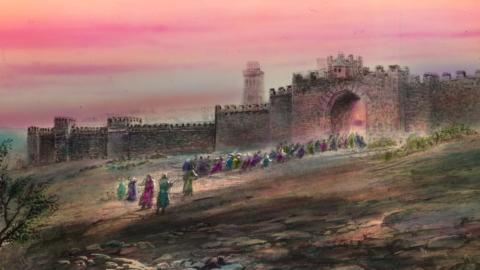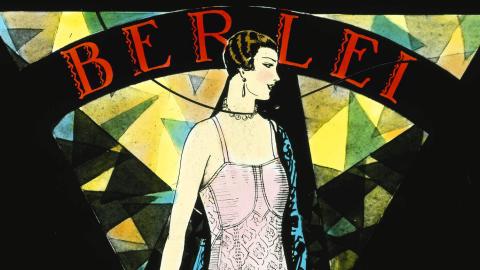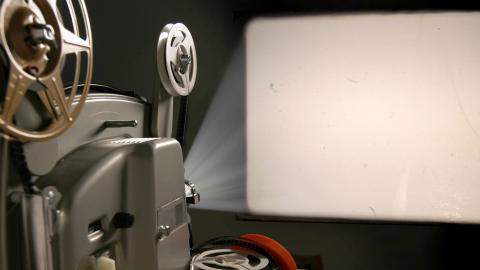
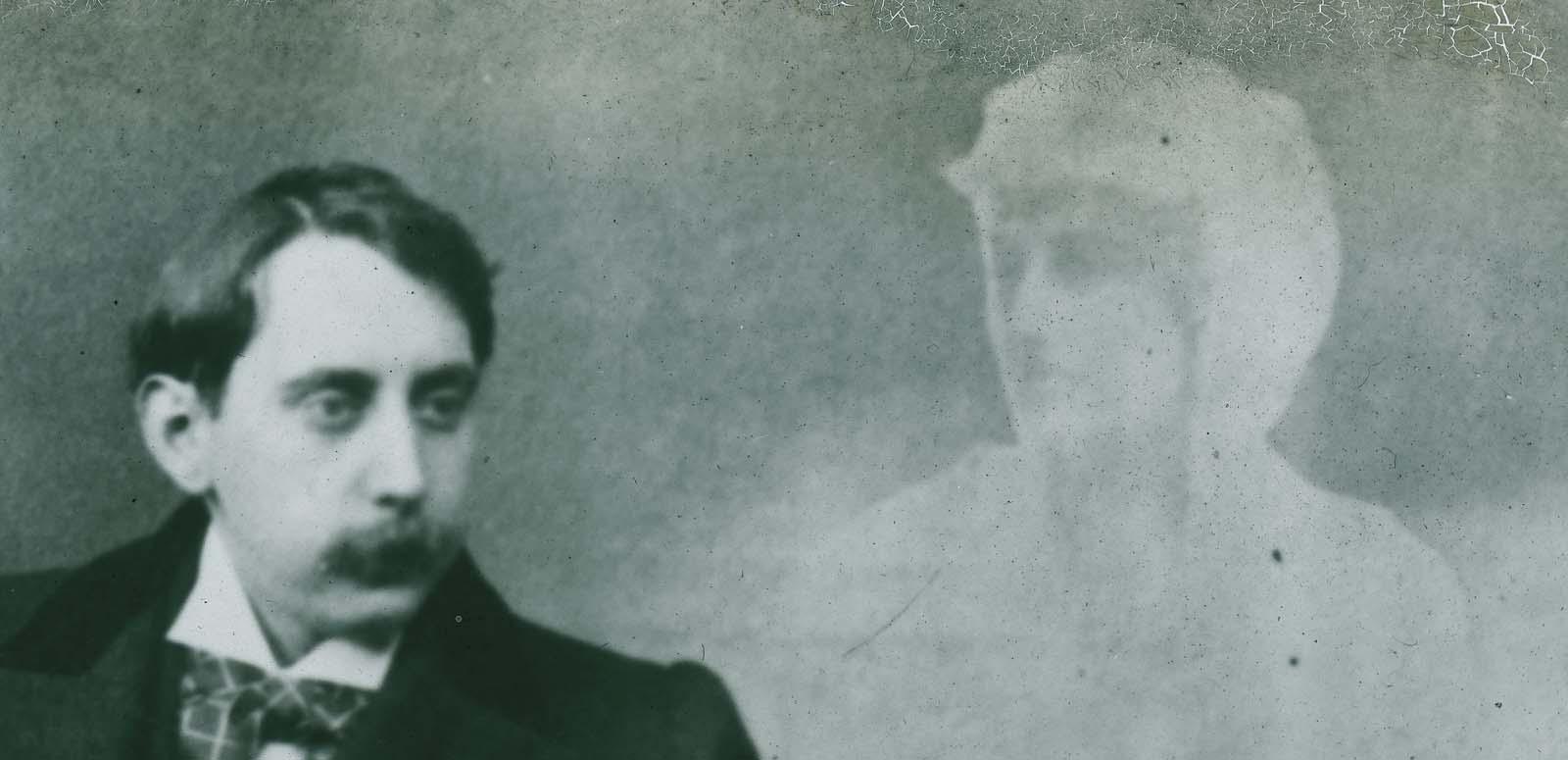
Spirit slides
Spirit slides
These 19th century photographic glass slides purport to show images of both the living and the dead.
The ghostly apparition pictures come from the collection of AJ Abbott, a practising spiritualist and pastor in the Free Christian Assembly in Melbourne. In 1910 he began to give lectures during which he projected the slides to audiences eager to hear stories about seances and communication with spirits from the ‘other’ world.
Based on the photographic technique of double exposure, spirit photography emerged in the last quarter of the 19th century. The pictures merged two popular trends at the time: spiritualism and seances, and the then-new medium of photography.
Several well-known spirit photographers were exposed as frauds, but that didn't stop the public's fascination with their pictures.
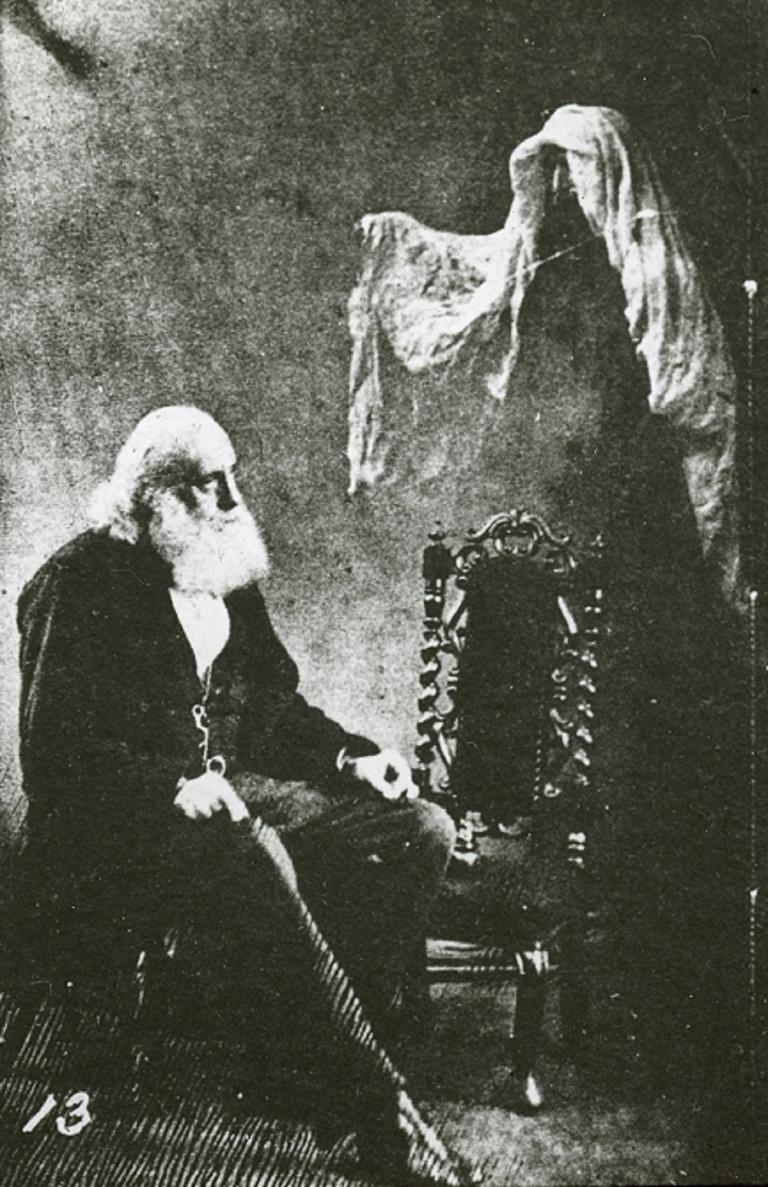
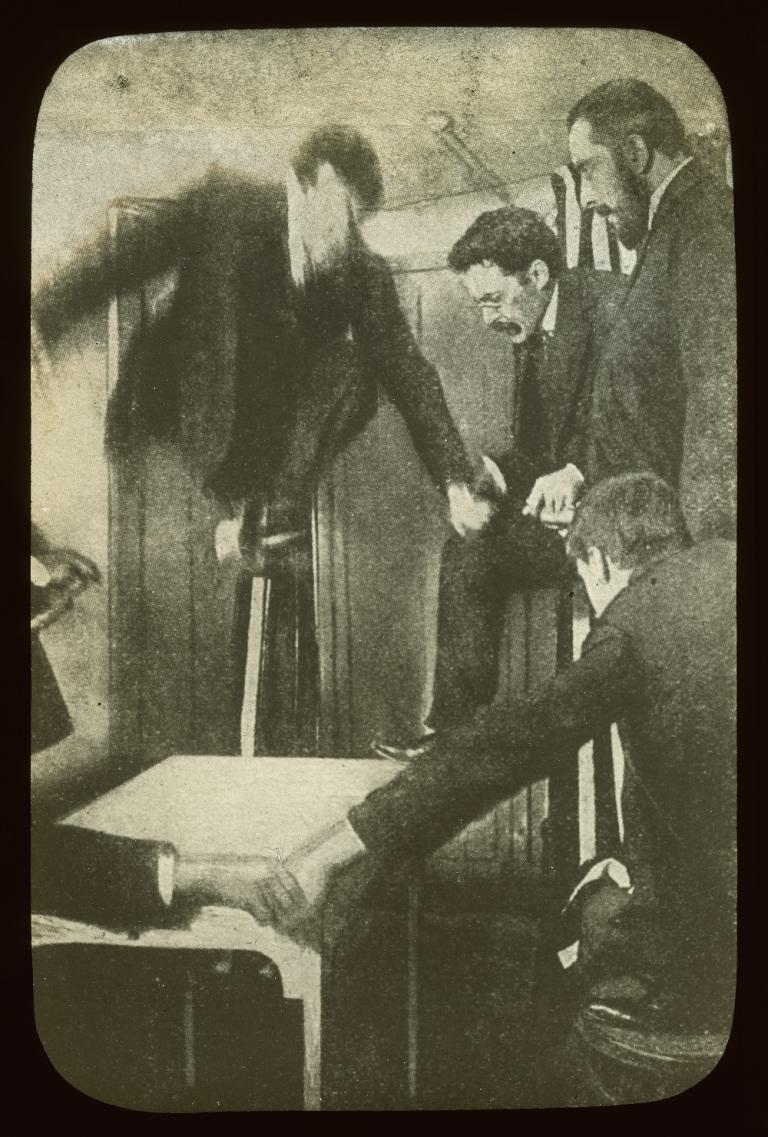
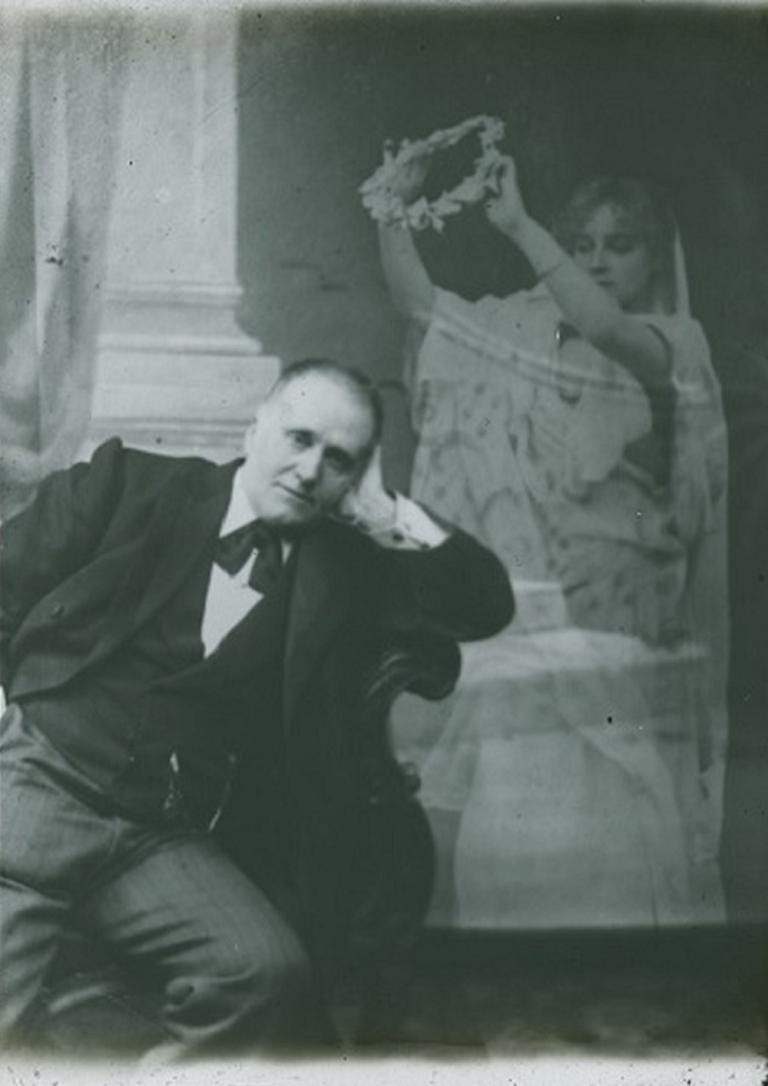
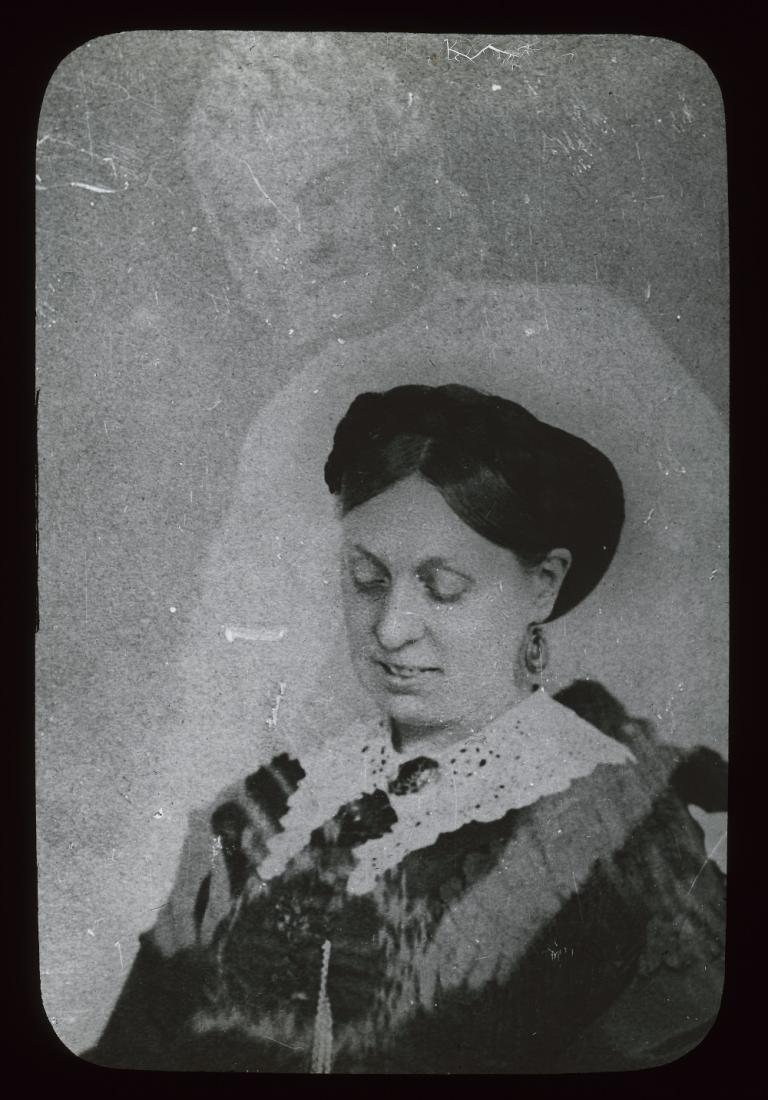
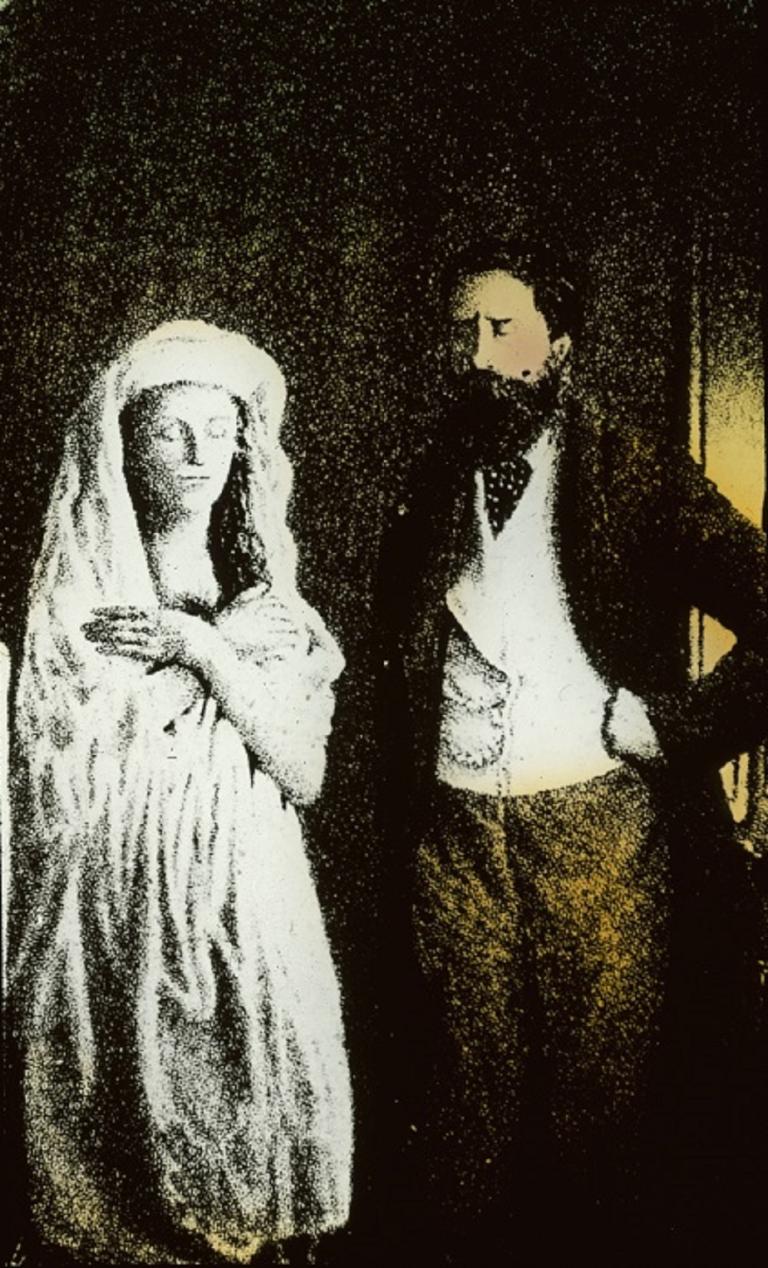
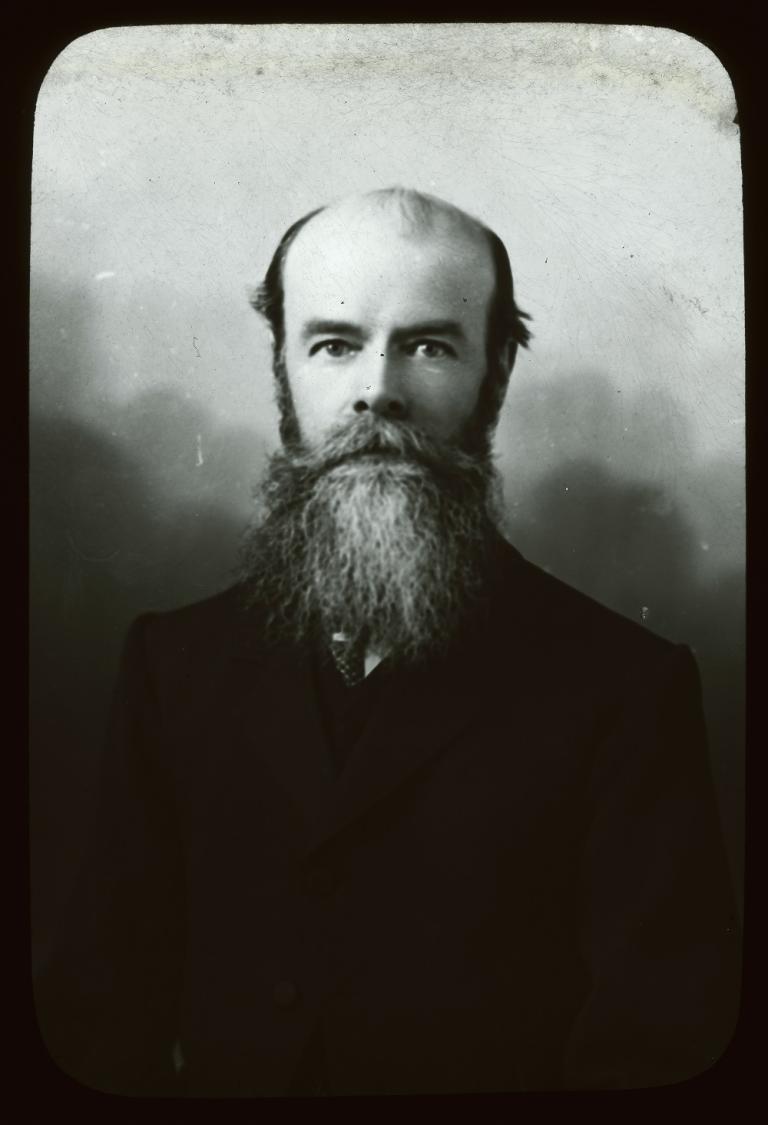
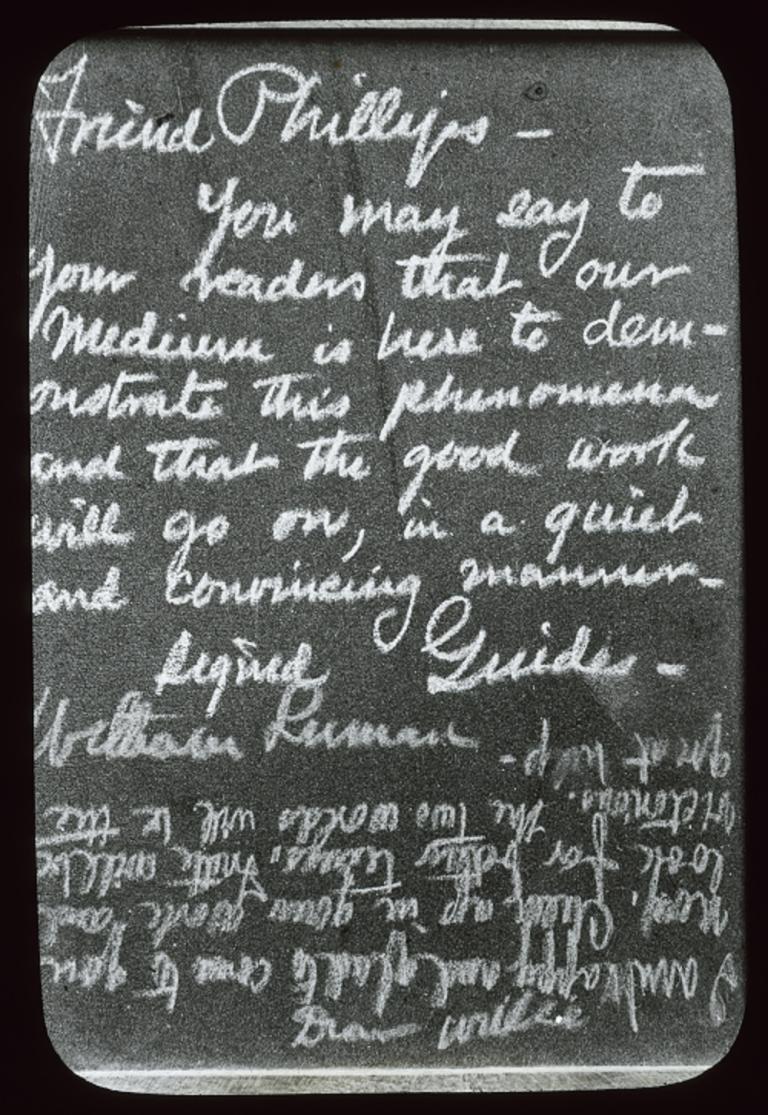
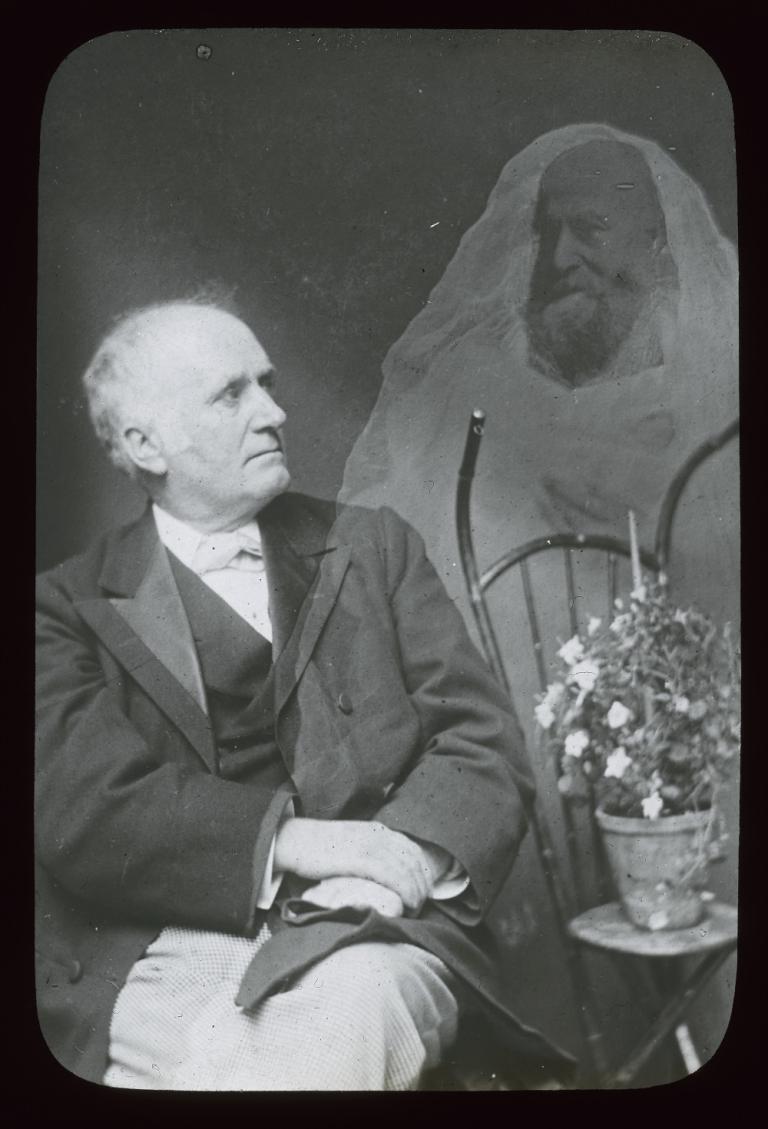
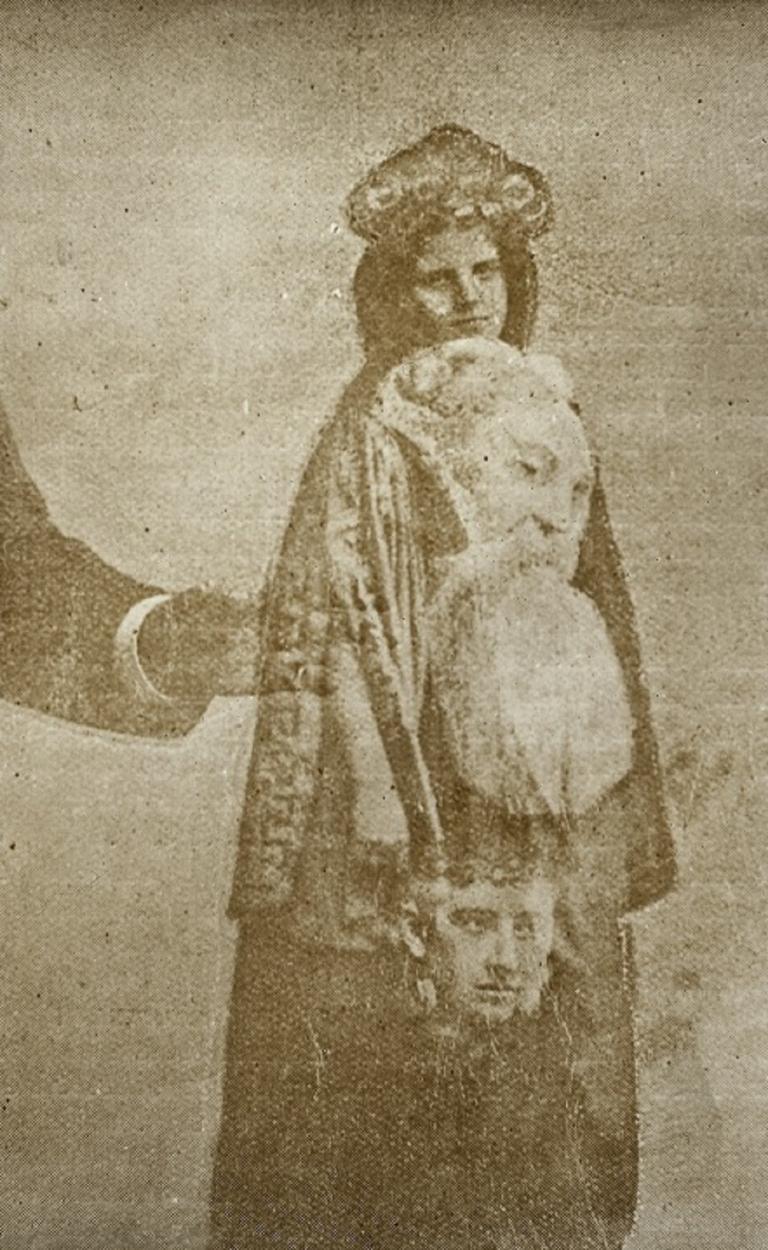
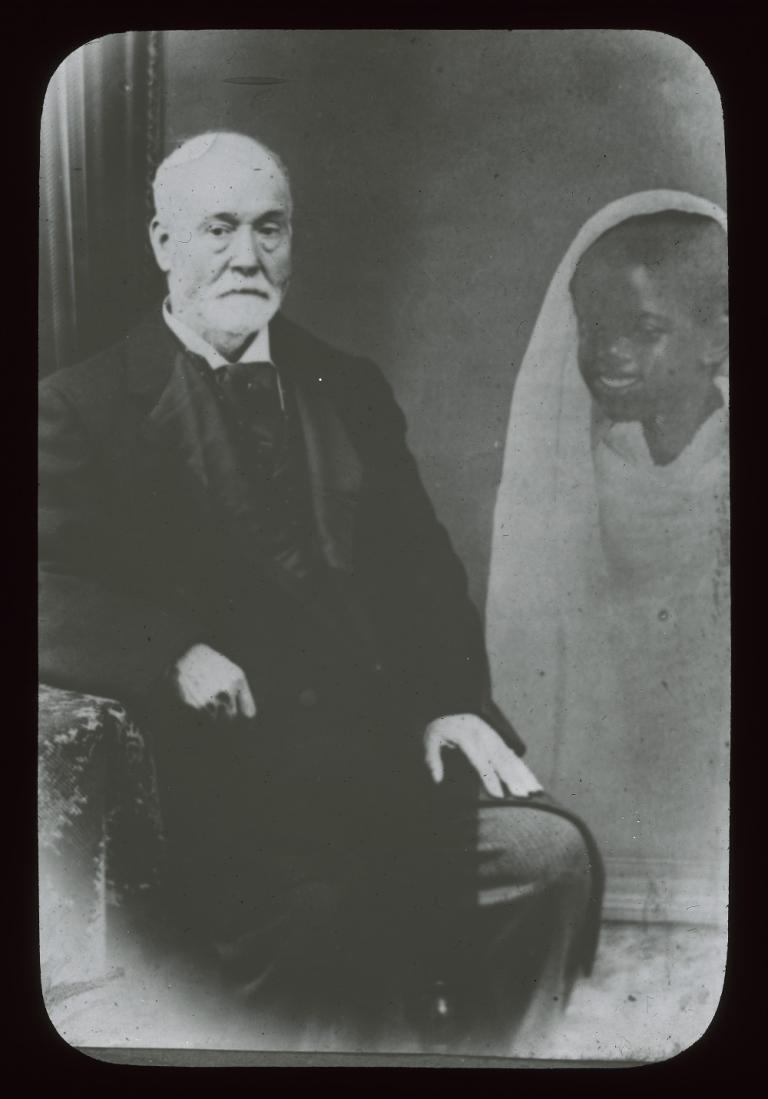
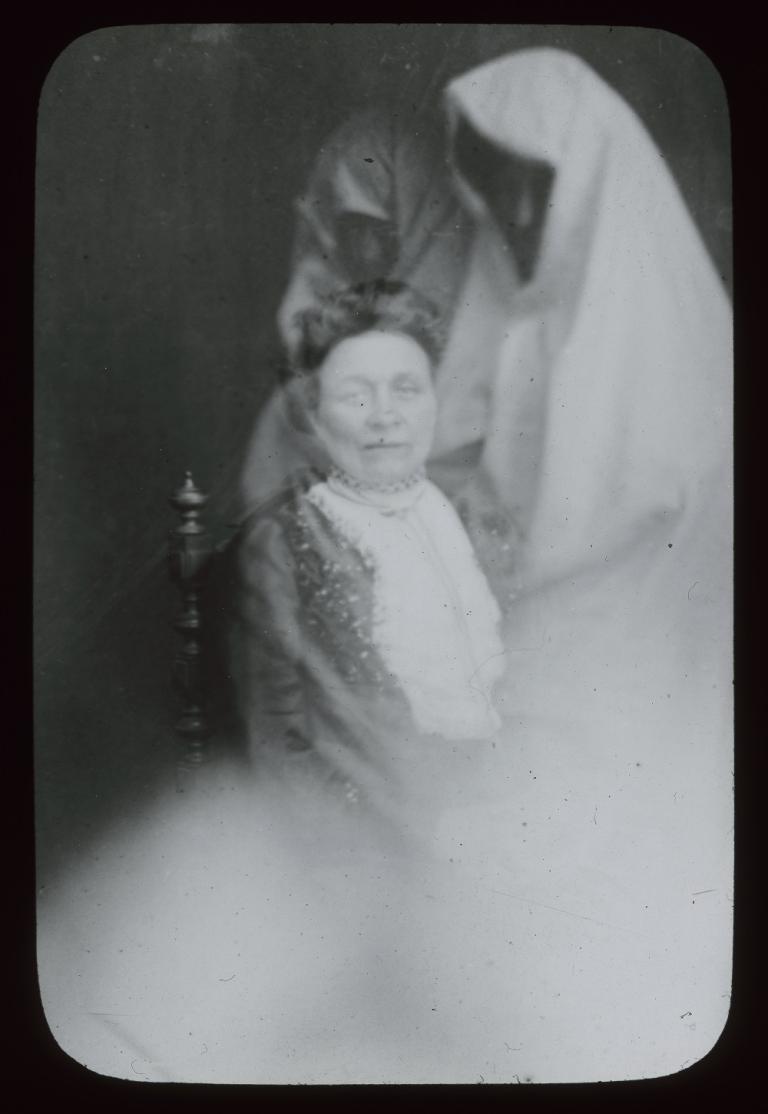
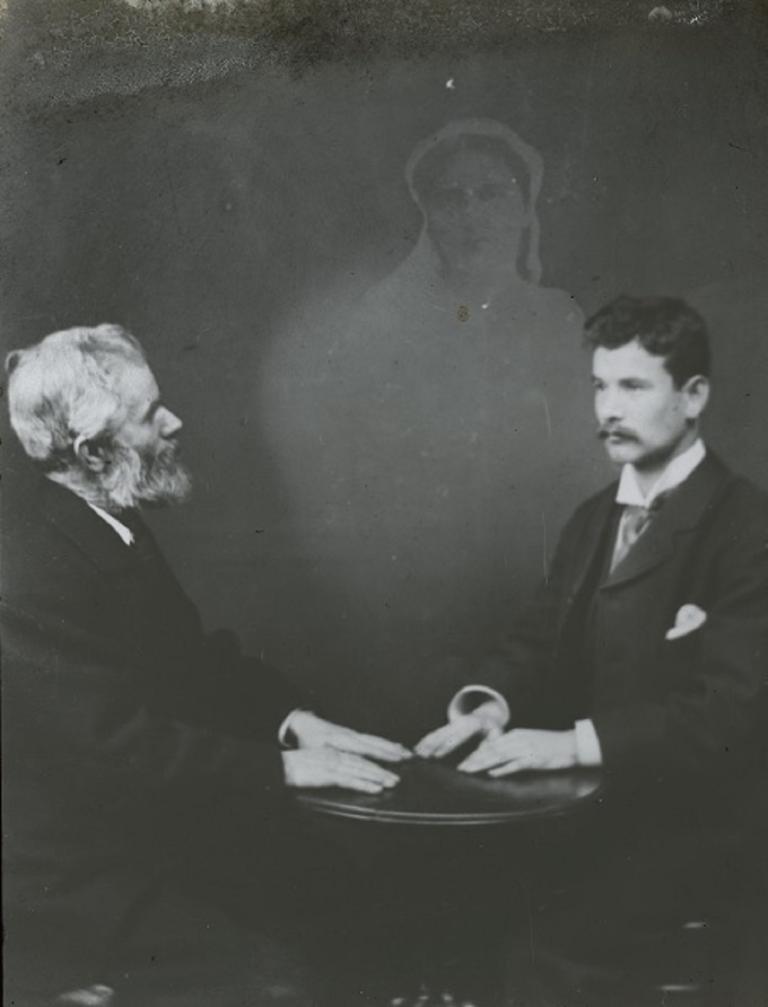
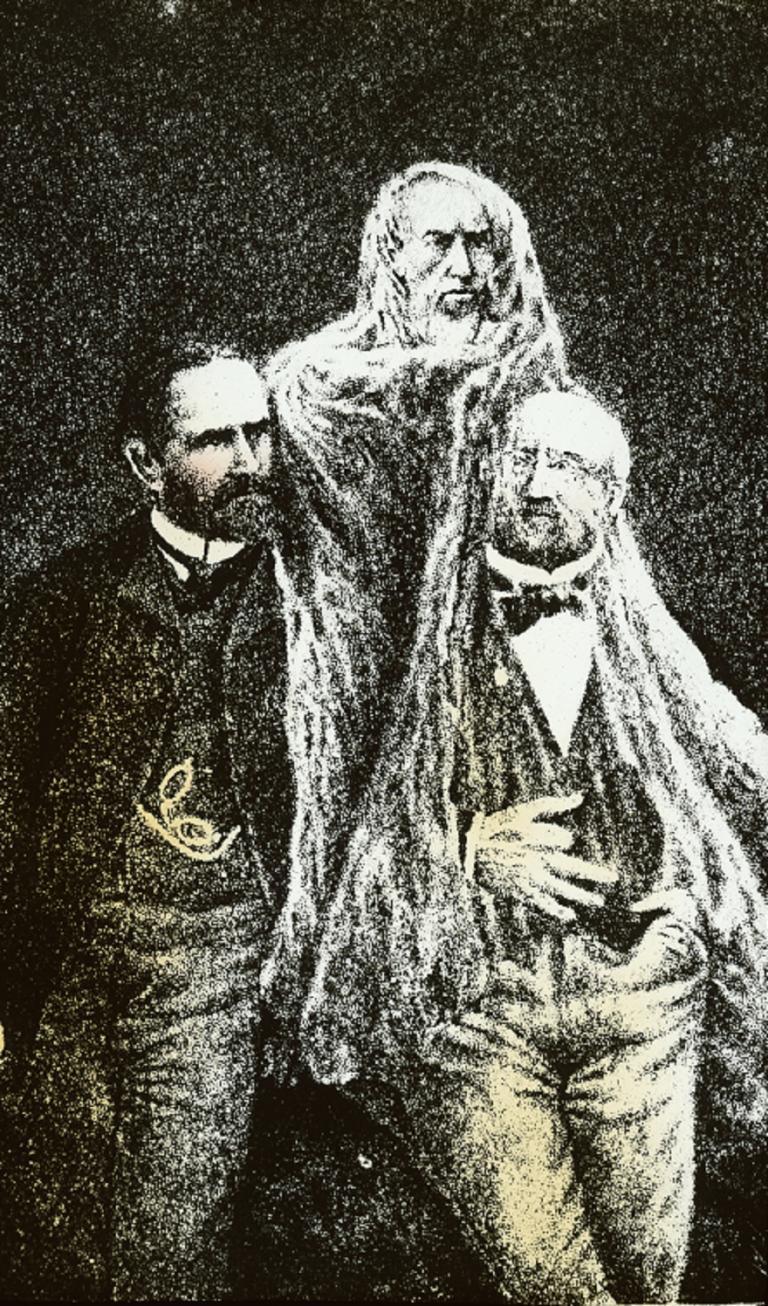
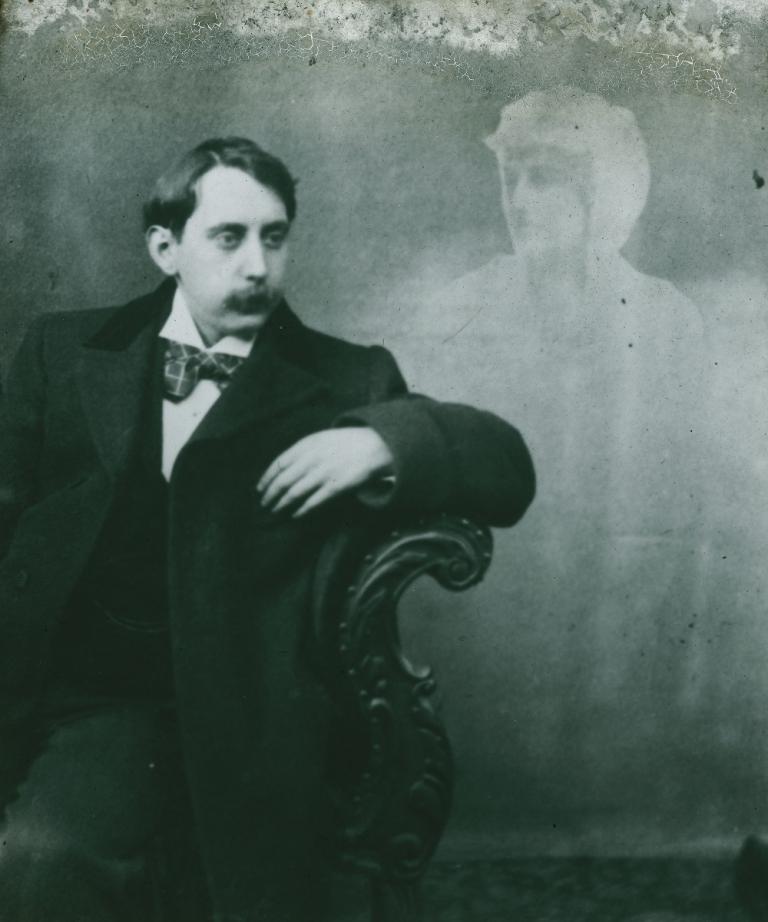
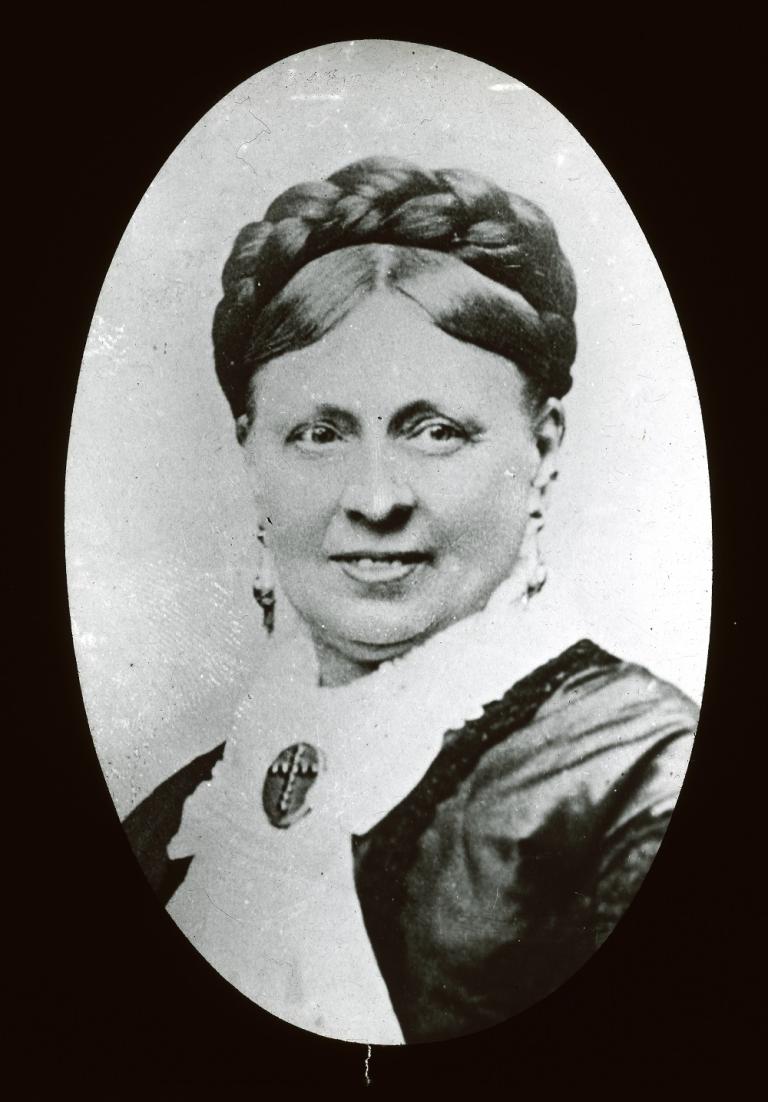
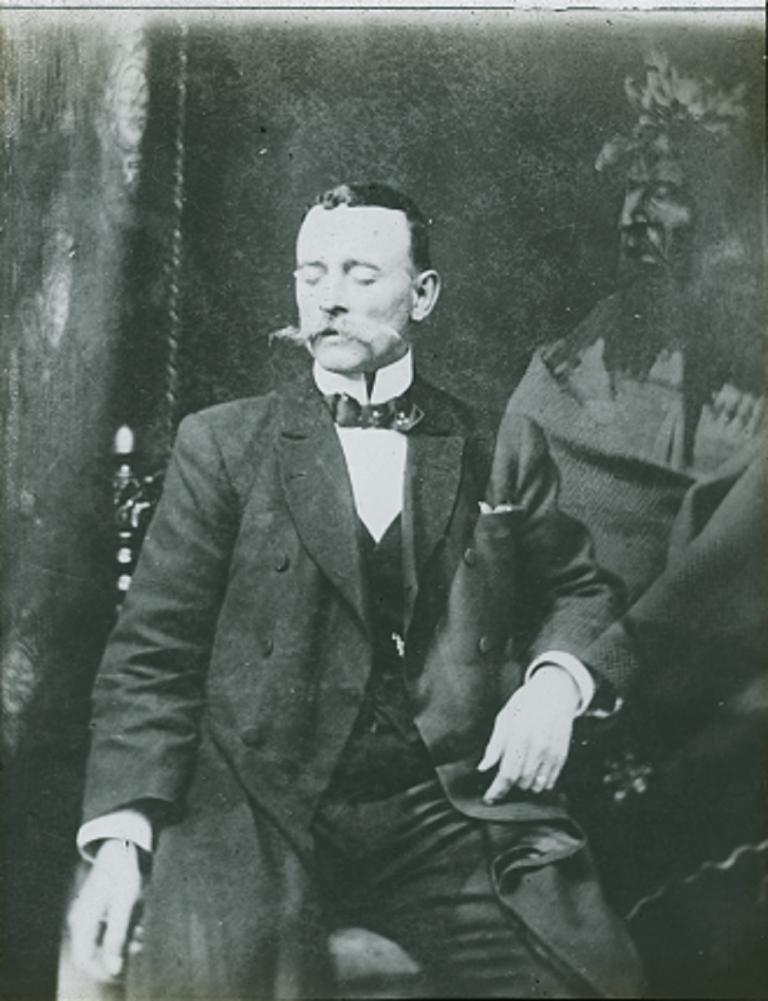
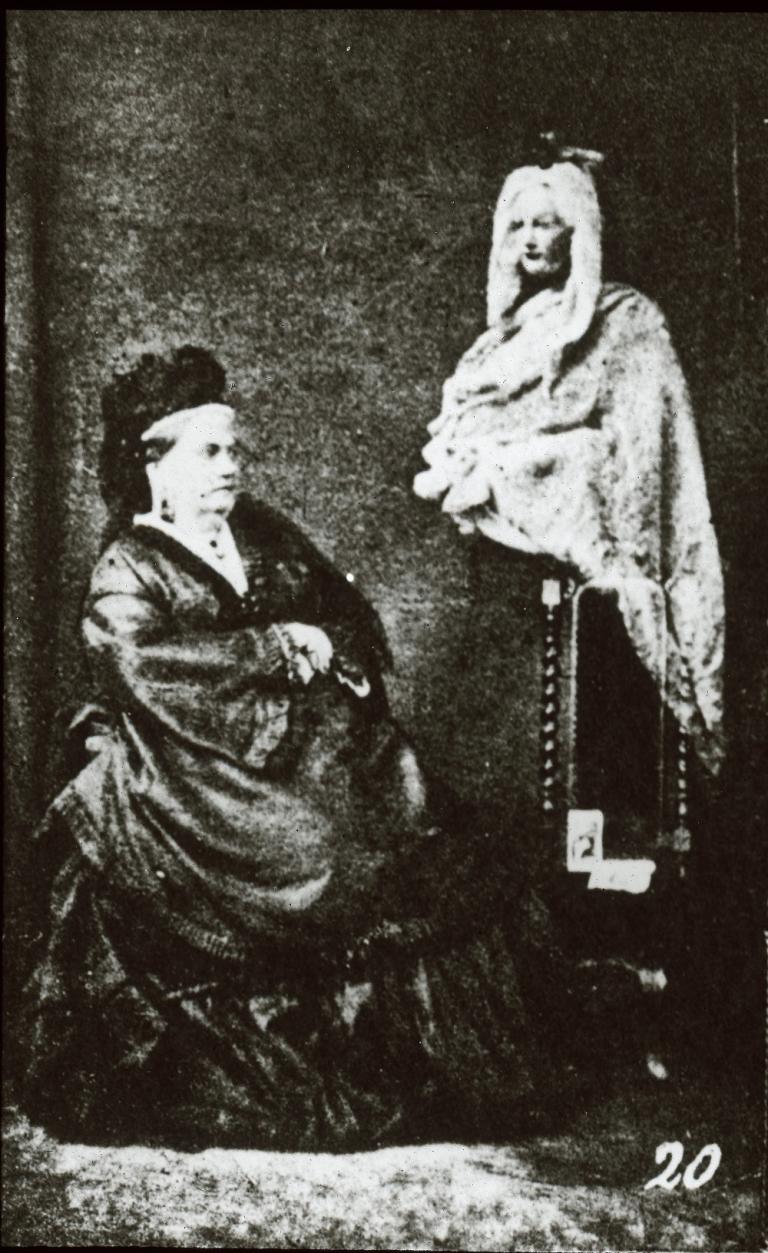
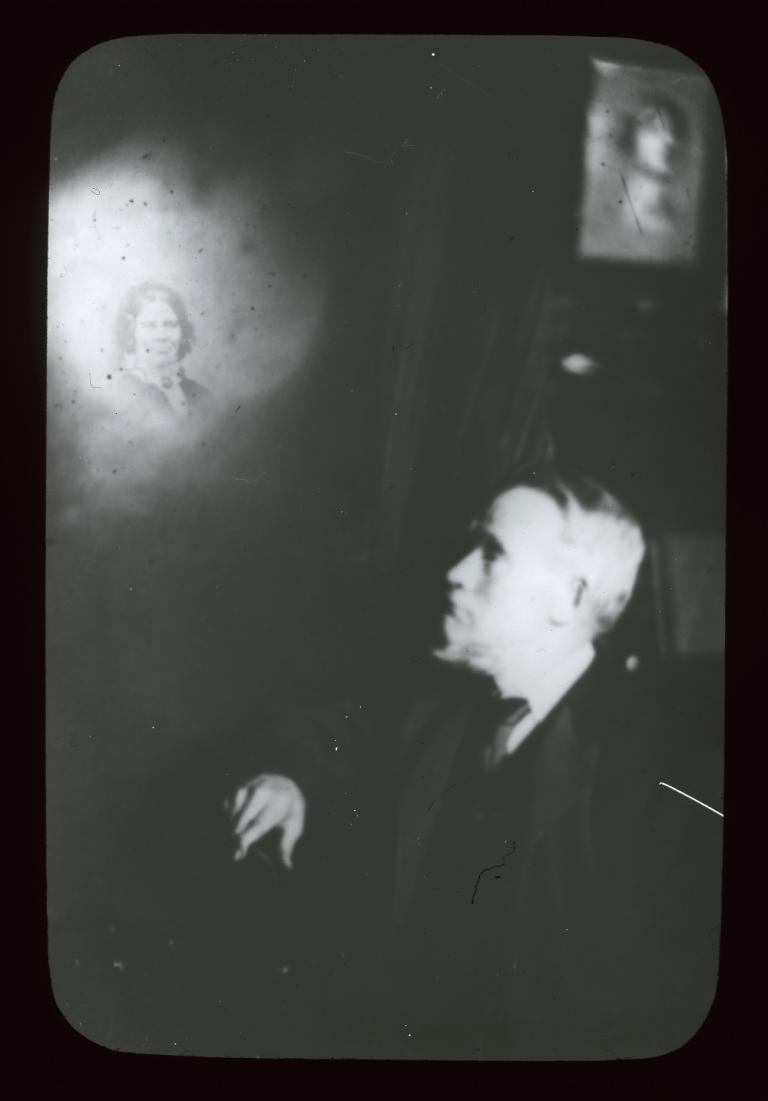
The National Film and Sound Archive of Australia acknowledges Australia’s Aboriginal and Torres Strait Islander peoples as the Traditional Custodians of the land on which we work and live and gives respect to their Elders both past and present.
